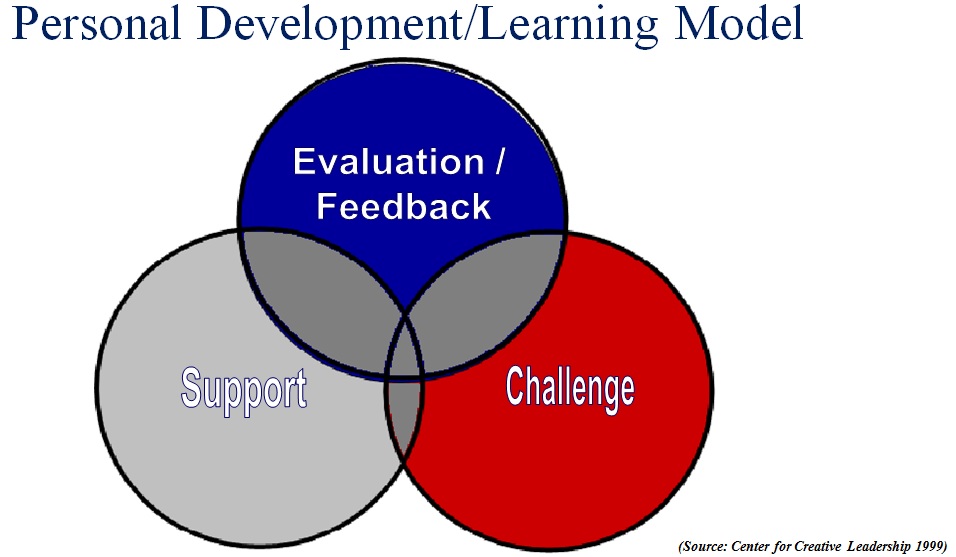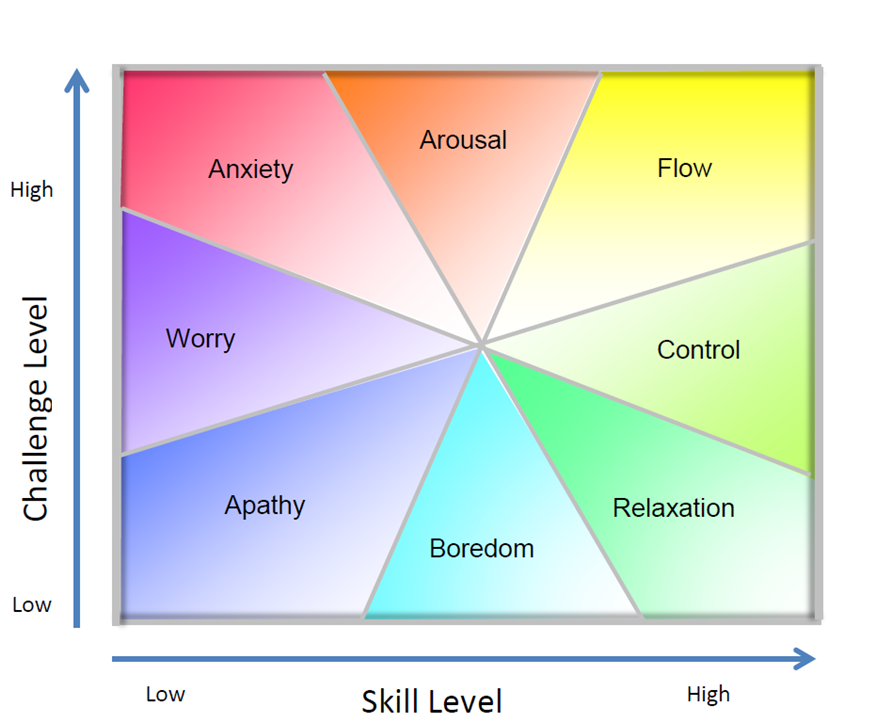 Optimizing technical training for the business is a challenge that learning and development departments must meet in order to advance the goals of the organization. Usually a lot of technical information is available and it is not easy to discern and identify what needs to be taught to each of the different employee groups or stakeholders such as front-line leaders, marketing and sales departments or distributors.
Optimizing technical training for the business is a challenge that learning and development departments must meet in order to advance the goals of the organization. Usually a lot of technical information is available and it is not easy to discern and identify what needs to be taught to each of the different employee groups or stakeholders such as front-line leaders, marketing and sales departments or distributors.
Usually technical teams will have the best intentions and these are manifested in their desire to be thorough and cover everything possible about the given technical process, product or service. These good intentions lead to the creation of training programs that contain a lot of data and information. Essentially, I have seen these training programs become what I refer to as an information dump – and sometimes they can be pretty stinky!
Life can be easier for the technical team and for the training team if they consider the first question of our guiding principles when designing training programs. This question is: How will the learners use the knowledge when they are back in their job? Answering this question from the perspective of each different group of employees and stakeholders allows instructional designers to start identifying what will be most useful. In addition, by considering these different perspectives we can create guidelines for the subject matter experts (SMEs) to discern what of their expertise will be most useful. For example, if the stakeholders are managers, SMEs would put more emphasis on the technical knowledge needed to manage the technology and less towards understanding all the details of the technology.
As obvious as this sounds, it is important to focus on what is important for the “other”. It is not about the “I” (what I think is important as a technical expert), rather it is about what information is a “need-to-know” for the learner to achieve peak performance at their specific position within the organization.




